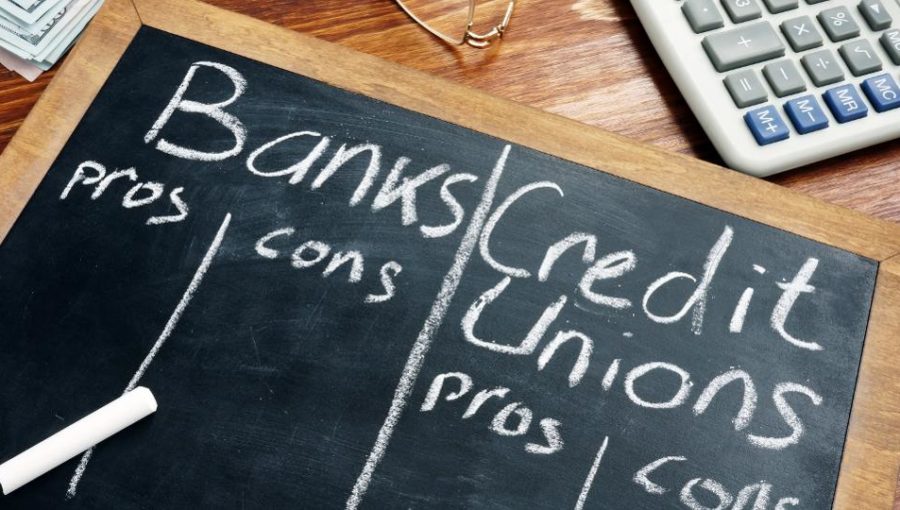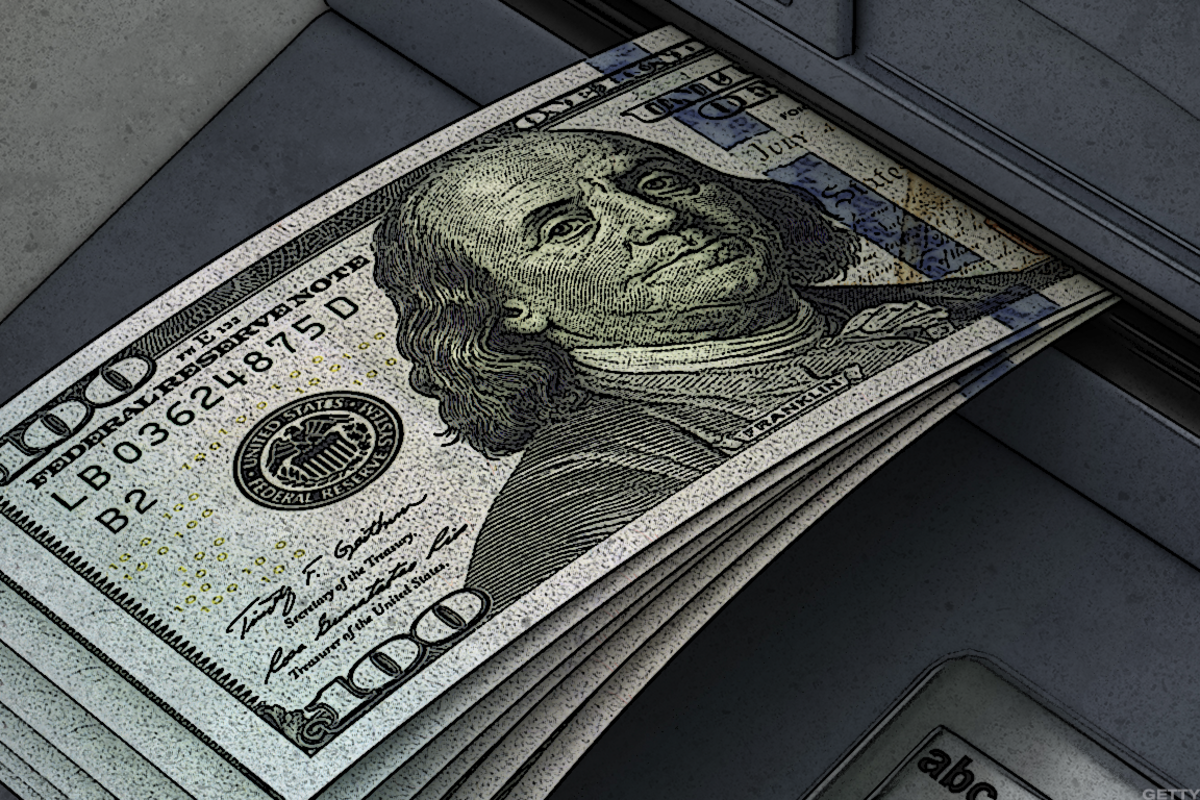If you’re looking for a checking account, an auto loan or another banking service, don’t forget to include credit unions in your search. Credit unions are similar to banks, and they offer many of the same financial services. You will often find that credit unions have better rates and customer service. However, credit unions have a few features that may seem a bit odd to those who have only used banks.
Members vs. Customers
An important difference between a credit union and a bank is that you are not a customer at a credit union. At a credit union, you are a member of a not-for-profit institution with the right to vote for the credit union’s board of directors. The board oversees the credit union management and has a say in setting rates and policies.

Joining a Credit Union
The membership feature of credit unions will often be the first difference an individual will see between a credit union and a bank. There are some crucial things that are very vital to focus on because they think that it will be very difficult for them to get the best outcome. That is the main reason it will be very difficult to get the short term loan.
To become a credit union member you first have to be eligible for membership. Each credit union has a field of membership (FOM) as part of its charter which defines who is eligible to join. The FOM might allow only employees of certain companies to qualify. Many credit unions now have community-based FOMs that allow anyone who lives or works in certain areas to join. There are also FOMs based on membership in certain associations.
Once you have determined that you are eligible, you can apply for membership. It’s very common for credit unions to require that you open a savings account. This is typically called a share account since it represents part ownership of the credit union. You must maintain the share account with a minimum balance to remain a member. The minimum balance that is required is rarely more than $25.
Account Differences
Once you’re a member, a credit union will look a lot like a bank. You have access to all types of accounts like checking accounts and certificates of deposit.
One small difference you may notice at a credit union is in the names that are used. As mentioned above, the name “share account” is often used instead of the name “savings account” since it represents part ownership of the credit union. A “checking account” will often be called a “share draft” and a “certificate of deposit” may be called a “share term certificate”. Also, instead of earning interest on these accounts, you earn dividends. The names may be different, but from all practical purposes, there is no difference. Dividends are paid out in the same way banks pay out interest. However, at credit unions you can sometimes receive a special dividend at the end of the year. If a credit union has a good financial year, it will distribute profits to its members in the form of special dividends on savings or credits to members’ loan accounts.
Deposit Insurance Differences
At U.S. banks, your deposits are insured up to at least $250,000 by the Federal Deposit Insurance Corporation (FDIC). The FDIC is an independent agency of the United States government. FDIC insurance is backed by the full faith and credit of the United States government.
Credit unions are not insured by the FDIC. The vast majority are insured by the National Credit Union Administration (NCUA). Like the FDIC, the NCUA is an independent agency of the United States government, and its insurance is backed by the full faith and credit of the United States government. The insurance limits are the same as those from the FDIC.
It’s important to note that not all credit unions are federally insured by the NCUA. Some state-chartered credit unions only have private share insurance. These are rare and are only in certain states that allow their state-chartered credit unions to have private insurance.

Differences in Size and Conveniences
The vast majority of credit unions are small institutions with just a few branches. There are no giant credit unions with the size of Bank or America or Wells Fargo. You might think this is a major downside as compared to the mega-banks that have branches and ATMs throughout the country. However, credit unions have developed a way to compete on this issue. Many credit unions are part of ATM networks that give you surcharge-free access to thousands of ATMs throughout the U.S.
As with ATM networks, many credit unions have joined shared branch networks. The most common one, the CU Service Centers network, has thousands of credit union branches throughout the U.S. At a shared branch you can perform many banking transactions just as if you were at your home credit union such as making deposits, withdrawals and loan payments.
Best Deals
As not-for-profit institutions, credit unions are not out to turn a profit. Instead credit unions can return earnings to the members in the form of better rates and lower fees. Also, credit unions are exempt from many taxes that banks have to pay. Due to these aspects, you can often find better deals at credit unions than at banks. However, this isn’t always true. The profit drive of banks can sometimes lead to better products and more conveniences. This is especially true with internet banks. When deciding between banks or credit unions, it doesn’t have to be all or nothing. There’s no reason why you can’t have some accounts at credit unions and some at banks. Look for the best deals, and remember to include credit unions in your search.






